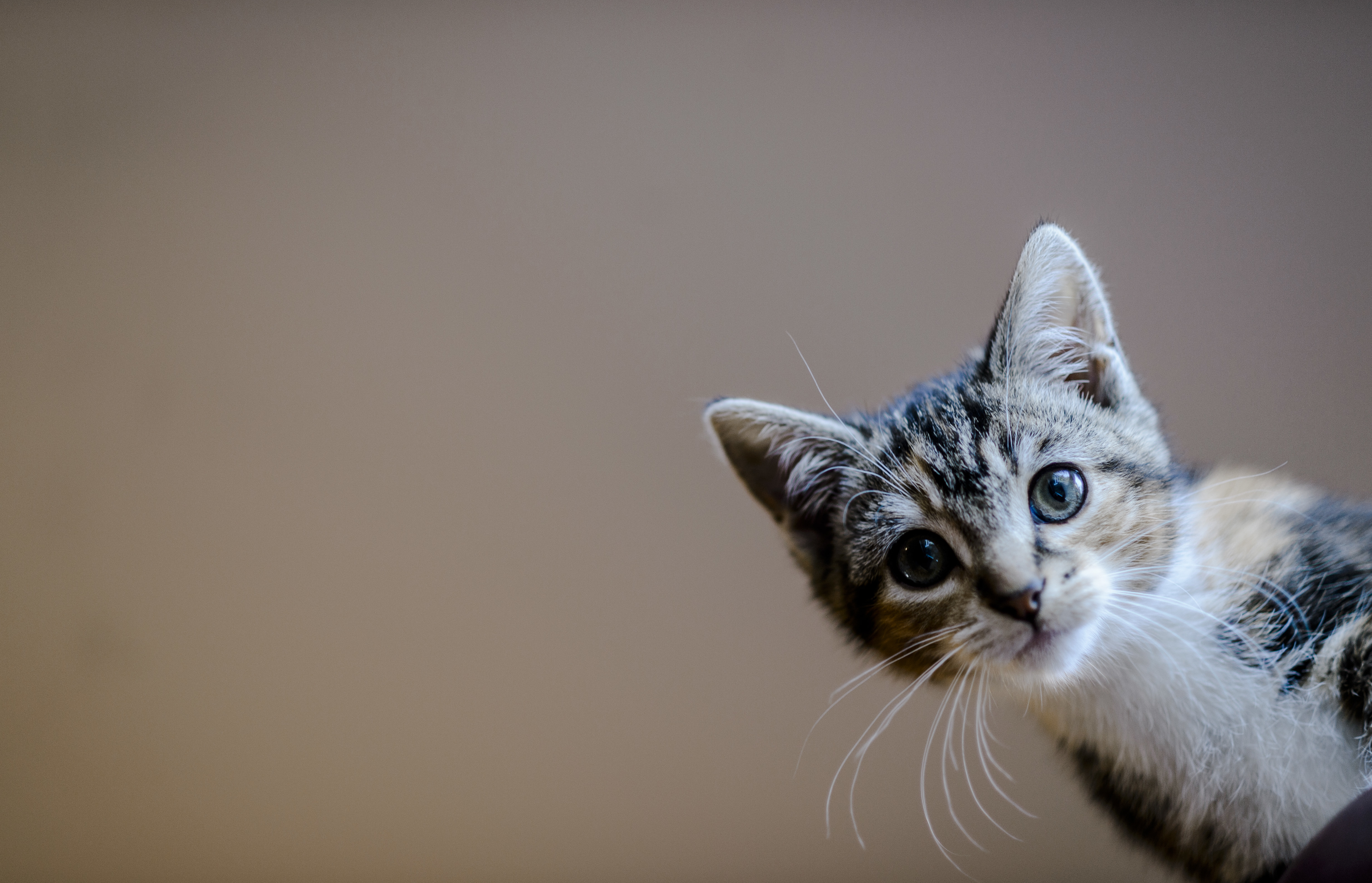
How to photograph pets
Capture your pet's best side with our top tips for taking great photos of your dog, cat, horse or rabbit…
Planning and prep
Plan it in – put time aside to try different things. Schedule your shoot so it’s not happening when your pet would normally want to be doing something else such as sleeping or eating (unless that’s what you want to capture of course).
If you want to get your pet more engaged, try a bit of playtime beforehand - don’t expect enthusiasm if they’ve just woken up from their afternoon nap!
Get them used to the camera sound in advance – even phones make a 'shutter' sound – you don’t need to point the camera at them but take a few snaps near them and observe how they react to the noise before you start snapping away. Give them a treat every time the camera makes a noise so they associate the sound with something positive.
If you’re using a larger camera give them time to get used to your gear as well – lenses look like eyes, so may freak them out the first time they see a big old DSLR with straps hanging down and flashes stuck on top – particularly if you’re holding it up so it obscures your face while you take pictures
Practise using your camera one-handed so you’re prepared when you need to capture that perfect shot – you’ll be able to use the other hand to hold a toy or treat to get your pet’s attention.
Be prepared - bring toys and their favourite treats. Cut larger treats into small chunks... you may need to use quite a few!
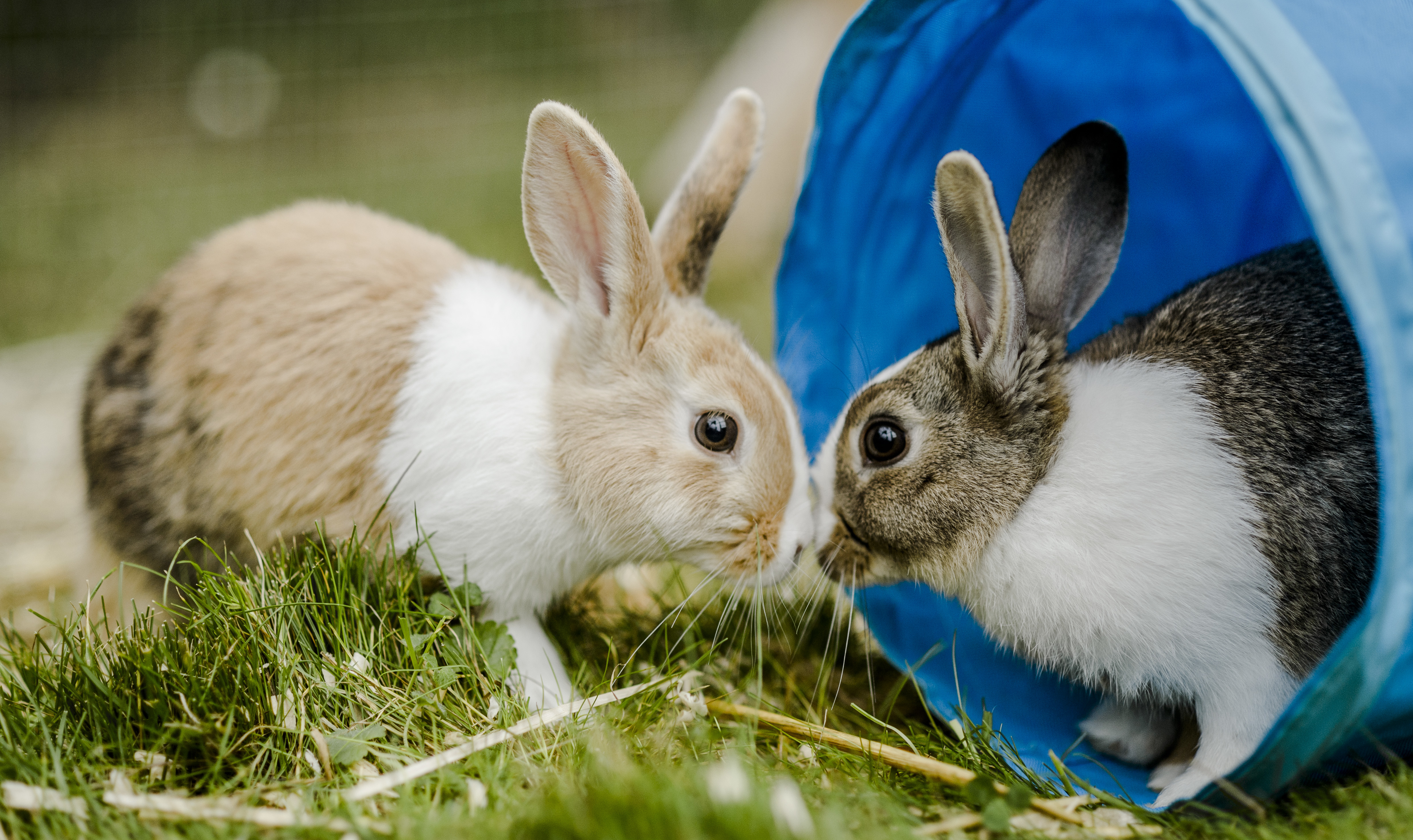
Make sure everyone is having fun
Photograph in short bursts – many pets will get bored and lose interest if you keep them too long.
You may think they look adorable or hilarious, but never ever put them in situations, outfits or positions where they are unhappy, frightened or uncomfortable – it’ll show in the photo and more importantly it’s stressful for your pet.
Stay calm and relaxed, don’t get frustrated if things don’t go to plan – if you’re stressed they will pick up on it.
Don’t stick your camera in your pet’s face – though it’s fine for your pet to come to you: try taping a treat to the top of your camera to make it more inviting.
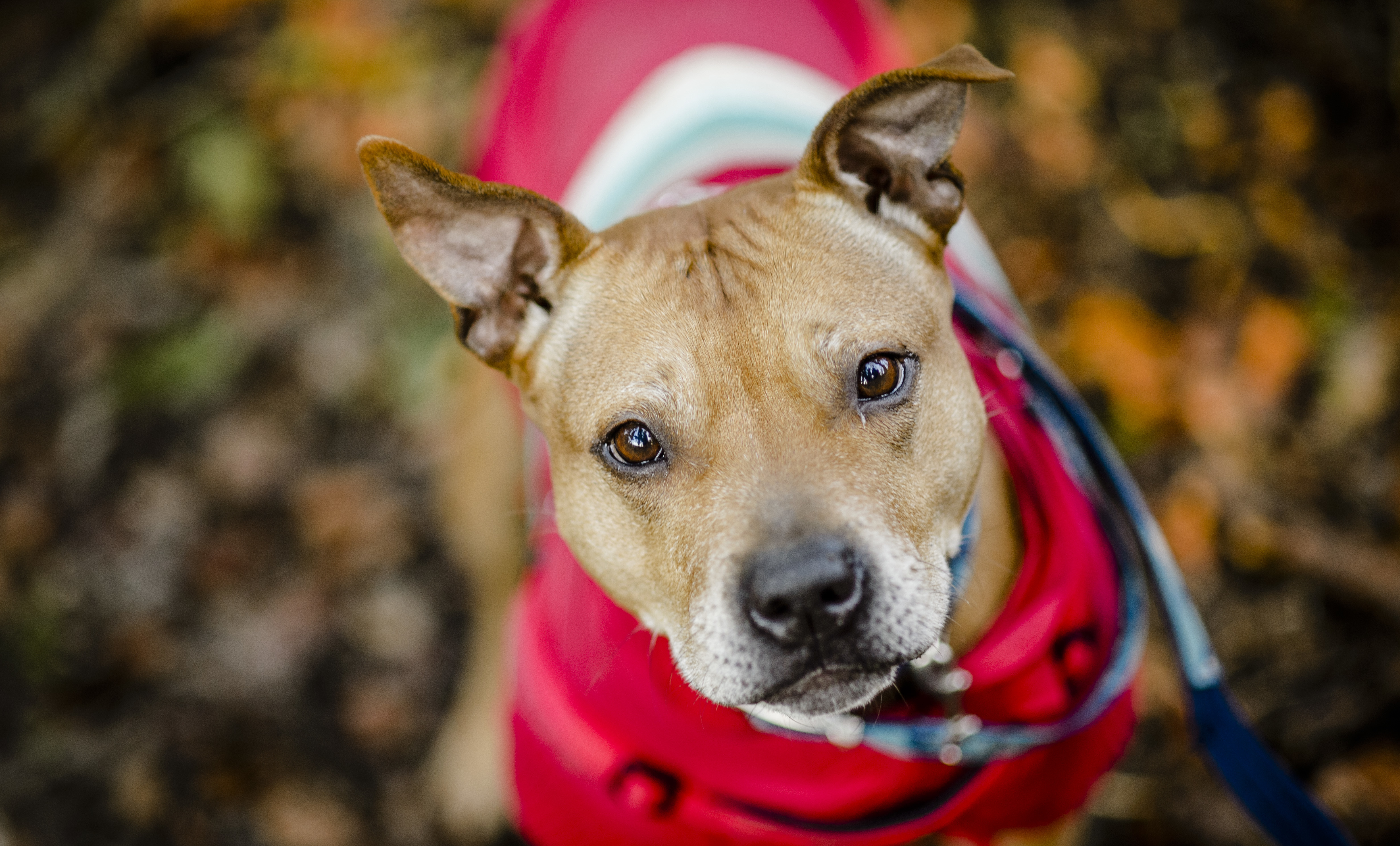
Personality
Great photography is not just about re-creating perfect portraits – some of the most interesting and charming pics are ones that capture candid moments - if you’ve got a lazy see if you can capture a big yawn for example.
Make sounds to get their attention – nothing scary of course! But try making making a kissing noise, or click or whistle to capture that quizzical tilted head look.
Be sneaky – though we are not saying you should give them a fright! Aim to catch your pet behaving naturally, when they’ve forgotten you’re there, rather than focusing on you: daydreaming, or watching something intently for example.
Celebrate the thing that makes them unique!
- Old dog? Capture those distinguished greys.
- Big drooler? Bring along their favourite treat and let them know you’ve got it capture them licking their lips.
- Cross-eyed kitty? Capture them front on.
- Loves playing fetch? Get a friend on board and head to the park for some action shots. You get the picture..
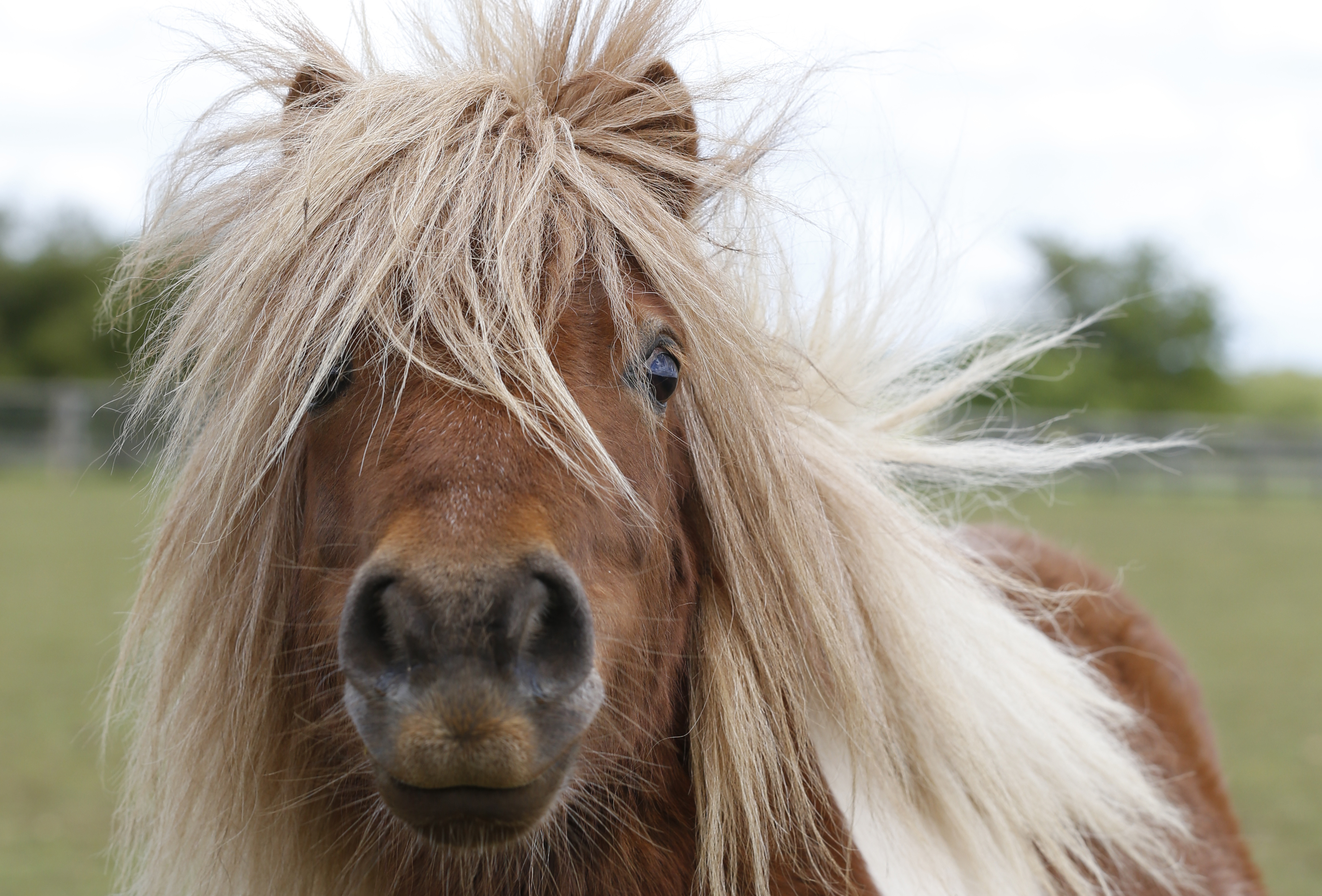
Get creative
Try shooting from the hip or get near the ground – you can even use a selfie stick to get unusual angles. Often, shots from the pet’s eye view are the most engaging.
Bring in some props – is your puppy or kitten really tiny? Accentuate that by having something in the picture like a football to accentuate scale, or perhaps get a friend to be a hand model.
Try getting close-ups of individual parts – a close up of an ear, long whiskers or tufted paw pads for example.
Make a background – prep in advance use some bright fabric, or lots of colourful cushions, even a basket of laundry; anything that will add colour, interest and added cuteness.
Remember to get your pet used to any props in advance, using treats or a toy to keep things positive.
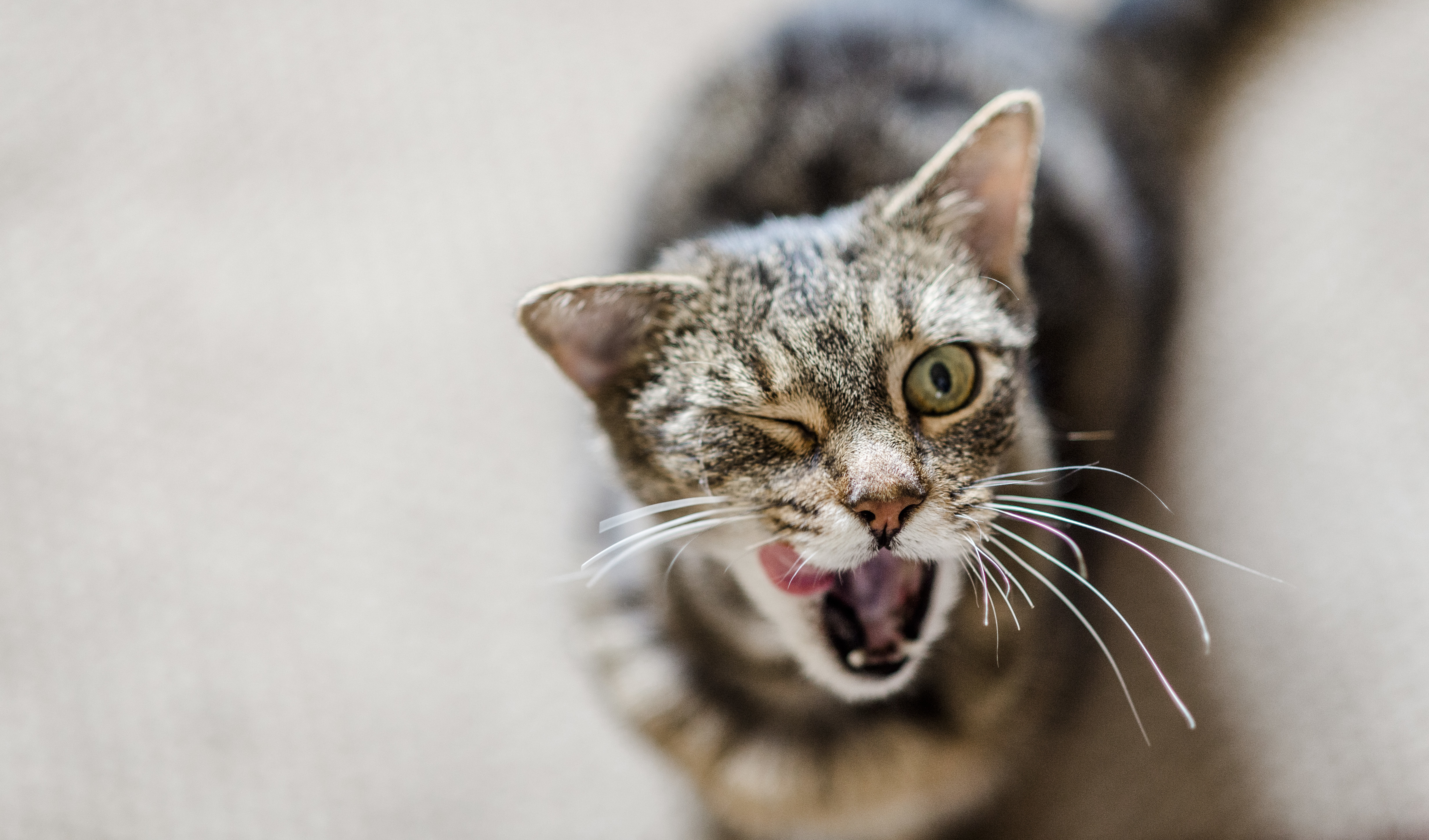
Technical tips
Try to shoot with a window behind you for the easiest, most natural lighting.
If you can focus on one particular feature of your pet, try playing around with that too. ('Proper' cameras will enable you to do this, but many smartphones also have a feature that lets you pinpoint an area to highlight.) And if in doubt - focus on the eyes.
Natural light tends to be better – flash will cause red eye but also can be uncomfortable or even frightening.
Many smartphones these days give you the option of adding filters so play around with those too.
And finally...
Make sure you reward your pet to ensure they stay willing models in the future.




